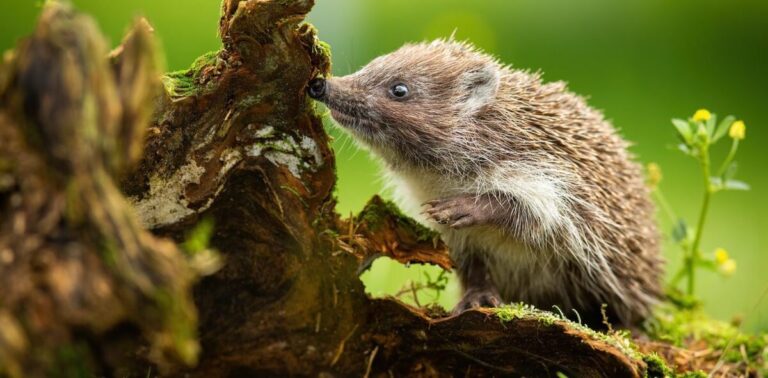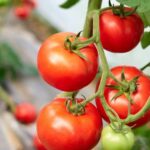Hedgehogs are delightful little creatures that can bring joy and natural pest control to your garden. These insectivorous mammals help keep the population of slugs, snails, and other bugs at bay, making them a gardener’s little helper. If you’re lucky enough to have a hedgehog wander into your garden, it’s important to know how to properly feed them to support their health and ecological role.
Understanding Hedgehog Dietary Needs
Before you start laying out banquets for your spiky visitors, it’s crucial to grasp what hedgehogs typically eat and the specifics of their diet. In the wild, hedgehogs are primarily insectivores, feasting on a variety of insects and invertebrates including earthworms, slugs, snails, caterpillars, spiders, and beetles. This protein-rich diet fuels their active lifestyle and health. Occasionally, they may also eat small vertebrates like frogs or reptiles, as well as eggs, fruits, and fungi.
It’s vital to provide a diversified diet that mirrors their natural food sources, focusing on high-quality animal proteins while avoiding unsuitable or harmful foods.
Preferred Foods for Feeding a Garden Hedgehog
Here are some top food choices to keep your garden hedgehog happy and healthy:
- Cat or Dog Food: High in animal proteins, dry cat or dog food is readily accepted by hedgehogs and can be conveniently purchased. Opt for high-quality brands free from artificial colors or preservatives. Cat food is generally preferred as it is closer to their nutritional needs.
- Specialty Hedgehog Food: Some pet stores or online platforms offer food specifically formulated for hedgehogs, containing a mix of animal proteins and cereals, which can complement their dietary needs well.
- Insects: Providing live or dried insects like mealworms, crickets, or fly larvae can be a treat for hedgehogs and offer them a natural foraging experience.
- Fruits and Vegetables: Occasionally, hedgehogs might enjoy small pieces of fruits or vegetables such as apples, pears, carrots, or courgettes. Keep these to a minimum, as their primary diet should be high in protein.
Ensure the hedgehog’s diet remains varied and avoid feeding them the same foods continuously. Regularly include different protein sources and occasionally offer fruits and vegetables as a supplement.
Foods to Avoid Feeding Hedgehogs
Knowing what not to feed hedgehogs is as important as knowing the right foods. Some foods can be harmful or even lethal to hedgehogs:
- Milk and Dairy Products: Hedgehogs are lactose intolerant and should not be given milk, cheese, or yogurt, which can lead to severe digestive upset.
- Raw Meat: Raw meat can harbor bacteria and parasites harmful to hedgehogs.
- Sugary or Salty Foods: Foods high in sugar or salt, including human snacks like sweets and chips, should be avoided.
- Chocolate and Caffeine: These contain substances toxic to hedgehogs and can cause serious health issues.
- Highly Processed Foods: Avoid feeding hedgehogs heavily processed foods or those with lots of fat or spices.
Tips for Feeding Hedgehogs in Your Garden
Here are some additional tips to ensure that feeding hedgehogs in your garden is safe and effective:
- Provide Fresh Water: Always have a shallow dish of fresh water available, especially during dry spells, to help hedgehogs stay hydrated.
- Create a Safe Feeding Station: Set up a feeding area that is sheltered and protected from predators. This can be as simple as a flipped-over box with an entrance cut out.
- Feed at Dusk: Hedgehogs are nocturnal, so it’s best to feed them in the evening. This mimics their natural feeding patterns and helps prevent attracting daytime predators.
- Keep the Feeding Area Clean: Regularly clean the feeding area and remove any leftover food to prevent the spread of disease.
By understanding the dietary needs of hedgehogs and providing them with the right types of food, you can help these charming creatures thrive in your garden. Not only will you be supporting a species that benefits the environment, but you’ll also have the joy of watching these fascinating animals up close.






